Training and conditioning are essential parts of an athlete's routine, and understanding how to protect your muscles can make a significant difference in your performance and recovery. A recent study by Kuo-Wei Tseng and colleagues sheds light on a method that may help protect your knee extensors from damage.
In simple terms, the researchers looked at how a specific kind of muscle contraction, called maximal voluntary isometric contractions, could protect against damage caused by another type of contraction known as maximal eccentric contractions. Think of maximal voluntary isometric contractions as contracting a muscle as hard as you can without moving it, while maximal eccentric contractions are like lowering a weight slowly.
Here's what they found:
1. Preconditioning with Maximal Voluntary Isometric Contractions: Athletes performing maximal voluntary isometric contractions exercises two weeks before doing maximal eccentric contractions experienced significantly less muscle damage. This kind of protection was also found in other muscles, like the elbow flexors.
2. Decreased Muscle Damage: The group that performed maximal voluntary isometric contractions experienced 45–67% less muscle damage compared to those who didn't. This means less soreness and potentially faster recovery.
3. No Significant Impact on Other Variables: The study found that performing maximal voluntary isometric contractions didn't have a significant effect on things like thigh size or myoglobin concentration, which means it shouldn't negatively impact other aspects of your performance.
So, why is this important for you as an athlete? Muscle damage can slow down your recovery, reduce your performance, and even lead to injuries. By incorporating maximal voluntary isometric contractions into your training regimen, you might reduce the risks associated with muscle damage. It's like giving your muscles a protective shield before putting them through a demanding workout.
Of course, every athlete's body is different, and it's essential to work with coaches and trainers who understand your specific needs and goals. They can help you integrate these findings into your training plan, ensuring that you're not just working hard, but also working smart.
The study points to an exciting new direction in sports training. As more research is done, we may continue to discover innovative ways to enhance performance and protect against injuries. Until then, consider talking to your training team about the benefits of isometric strength training, and keep pushing towards your athletic goals, knowing that science is on your side.
For more information on isometric strength training and its significant impact on functional health and performance, visit our website at www.Isophit.com or reach out to me at brad@isophit.com.
Yours in Isometric Strength,
Brad Thorpe
CEO / Inventor
Isophit




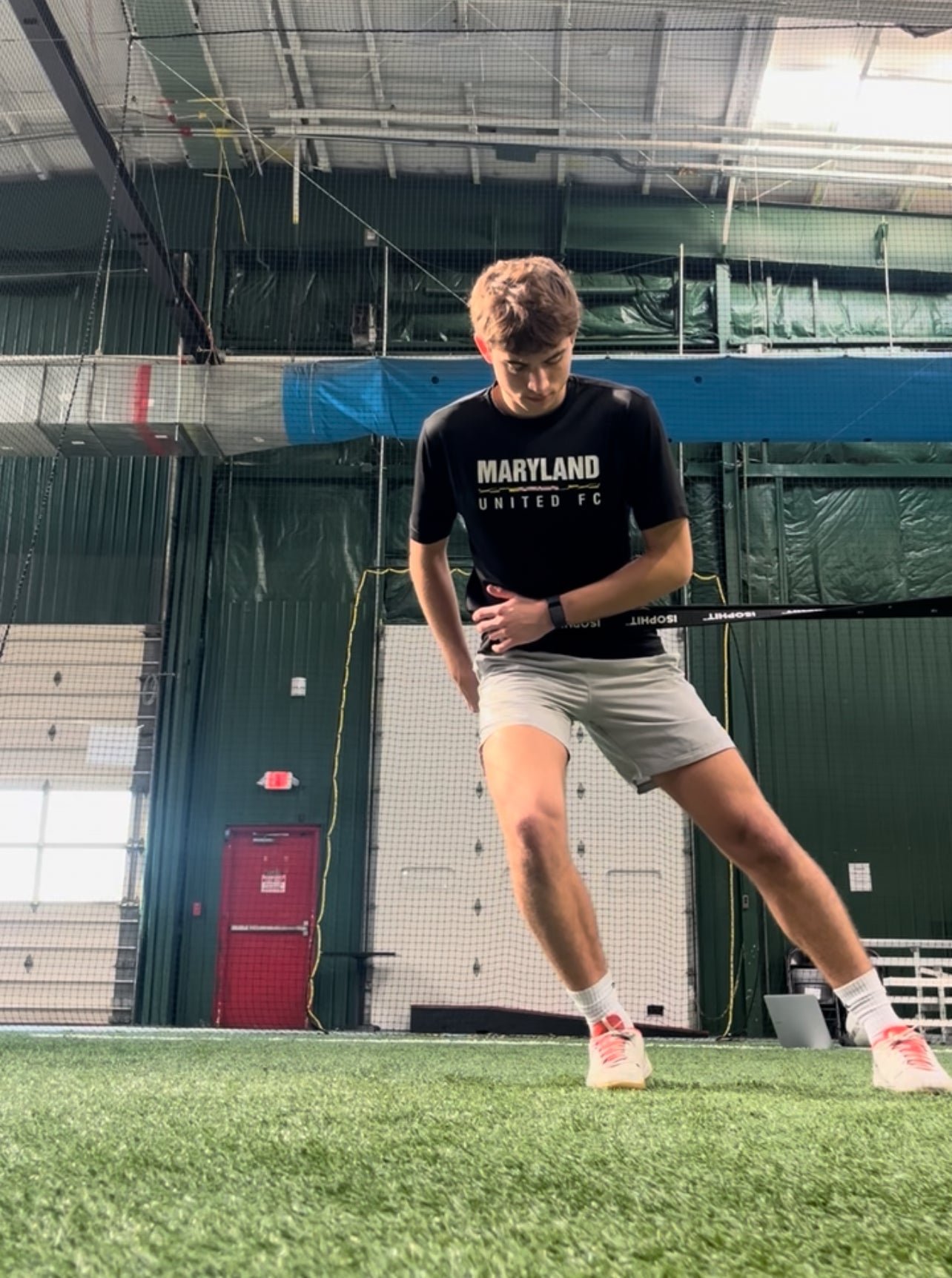
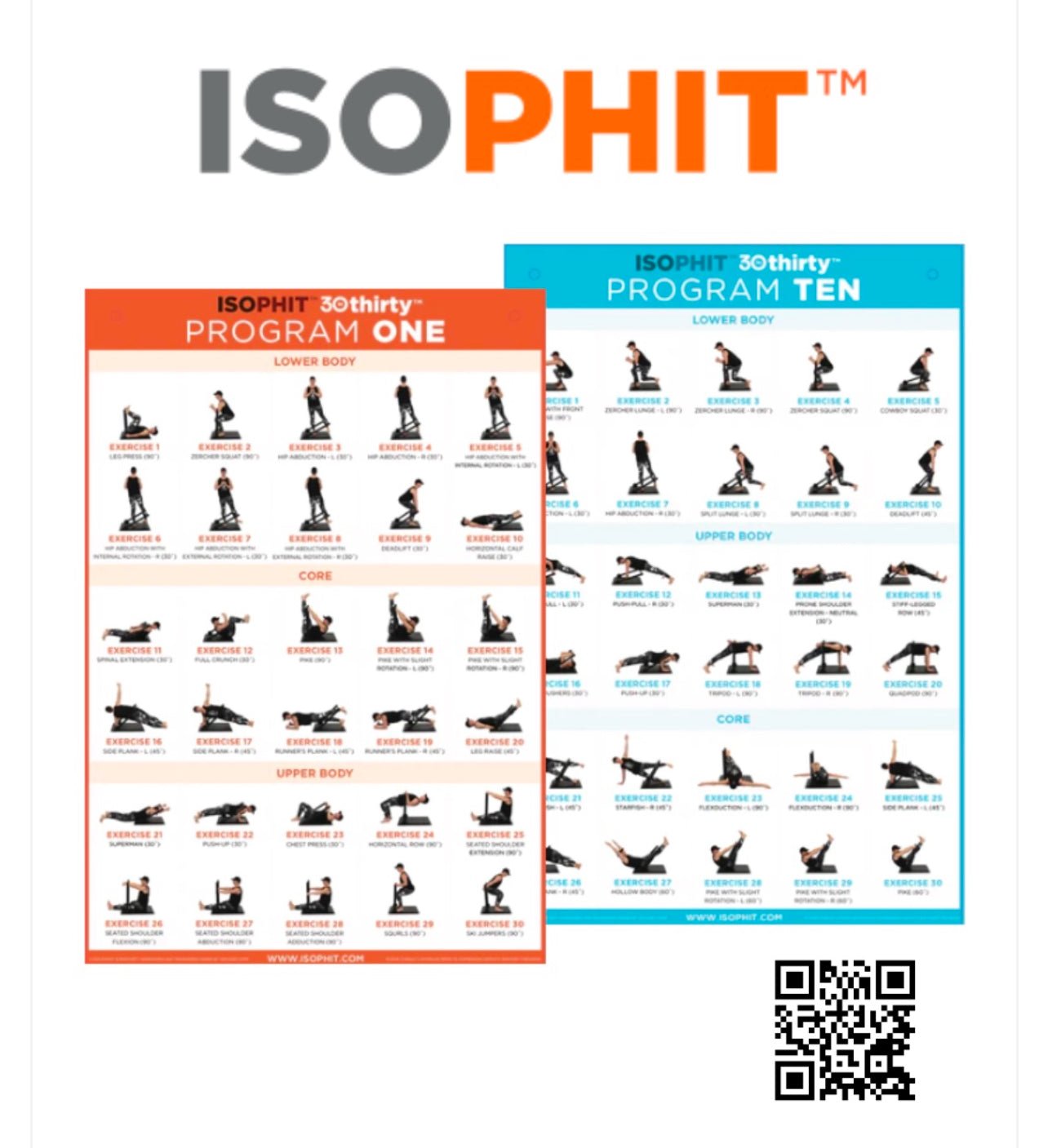
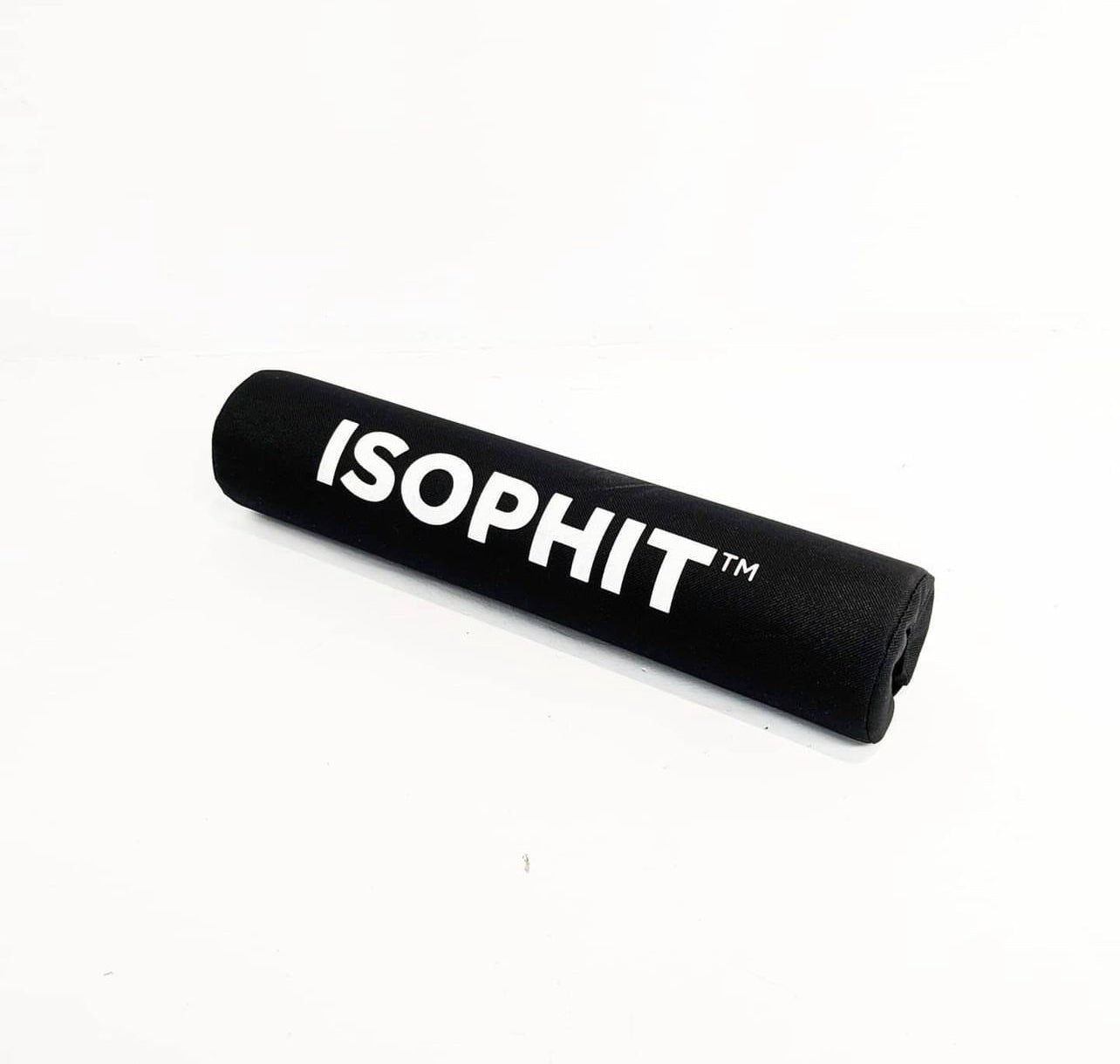
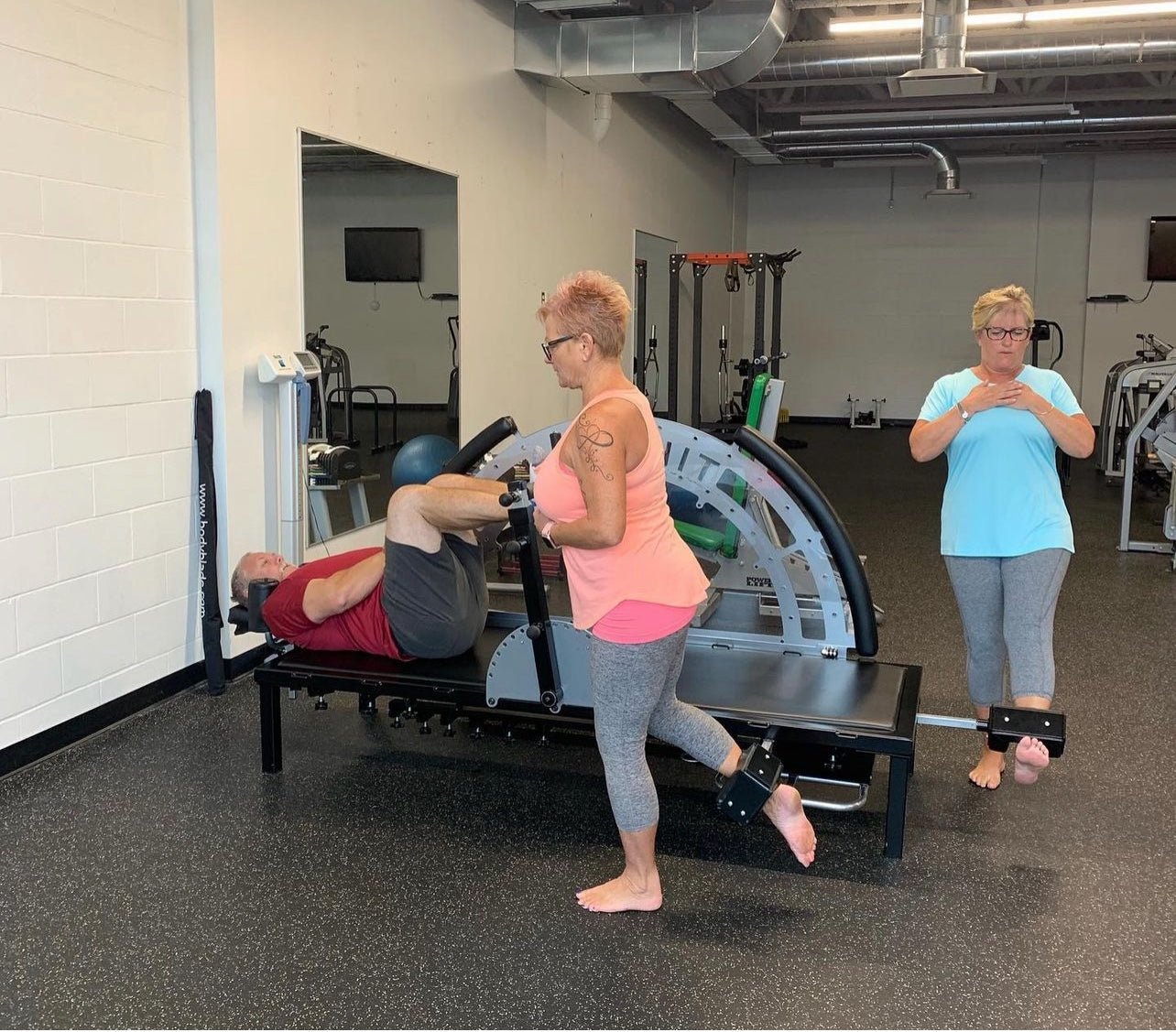
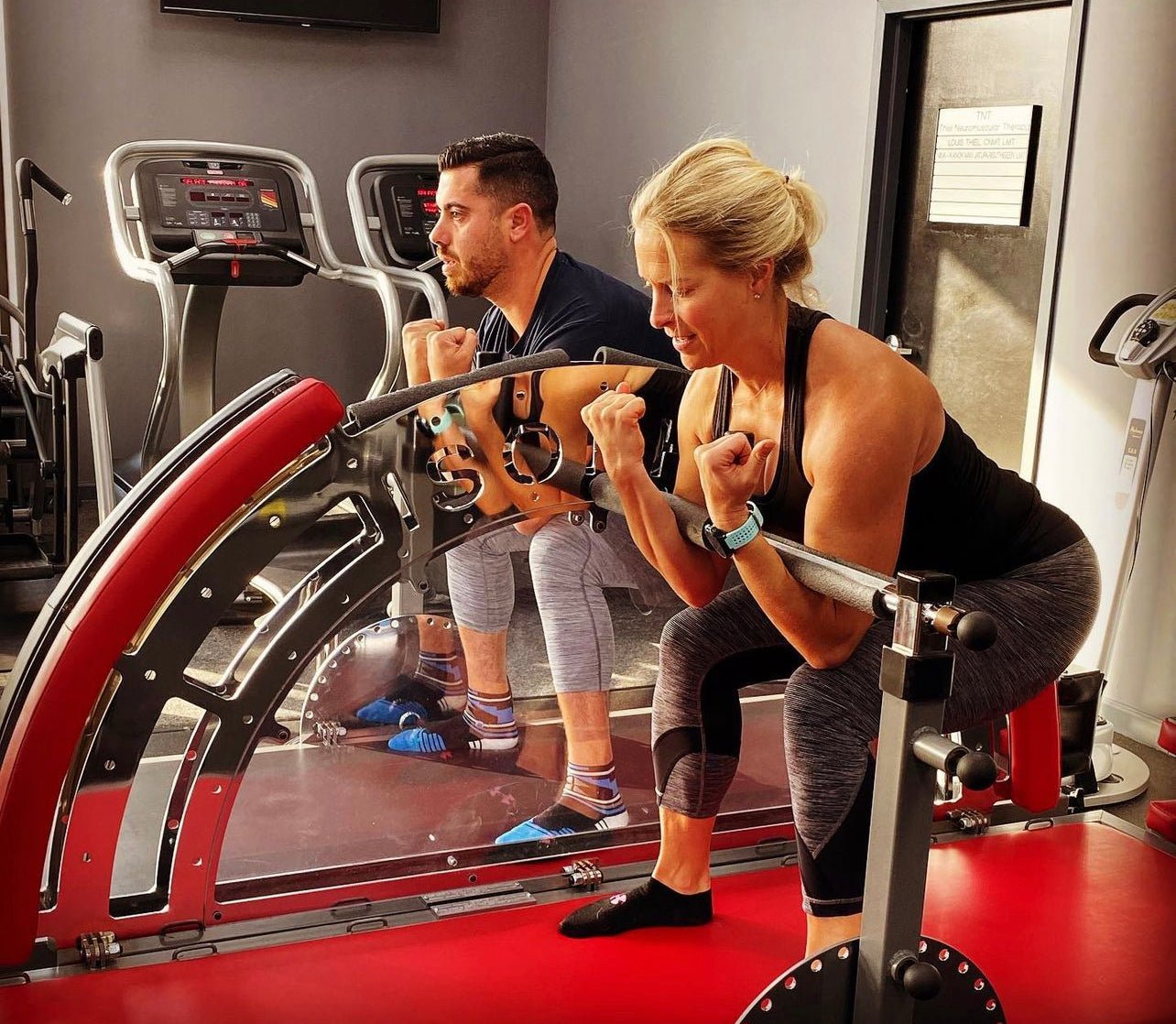
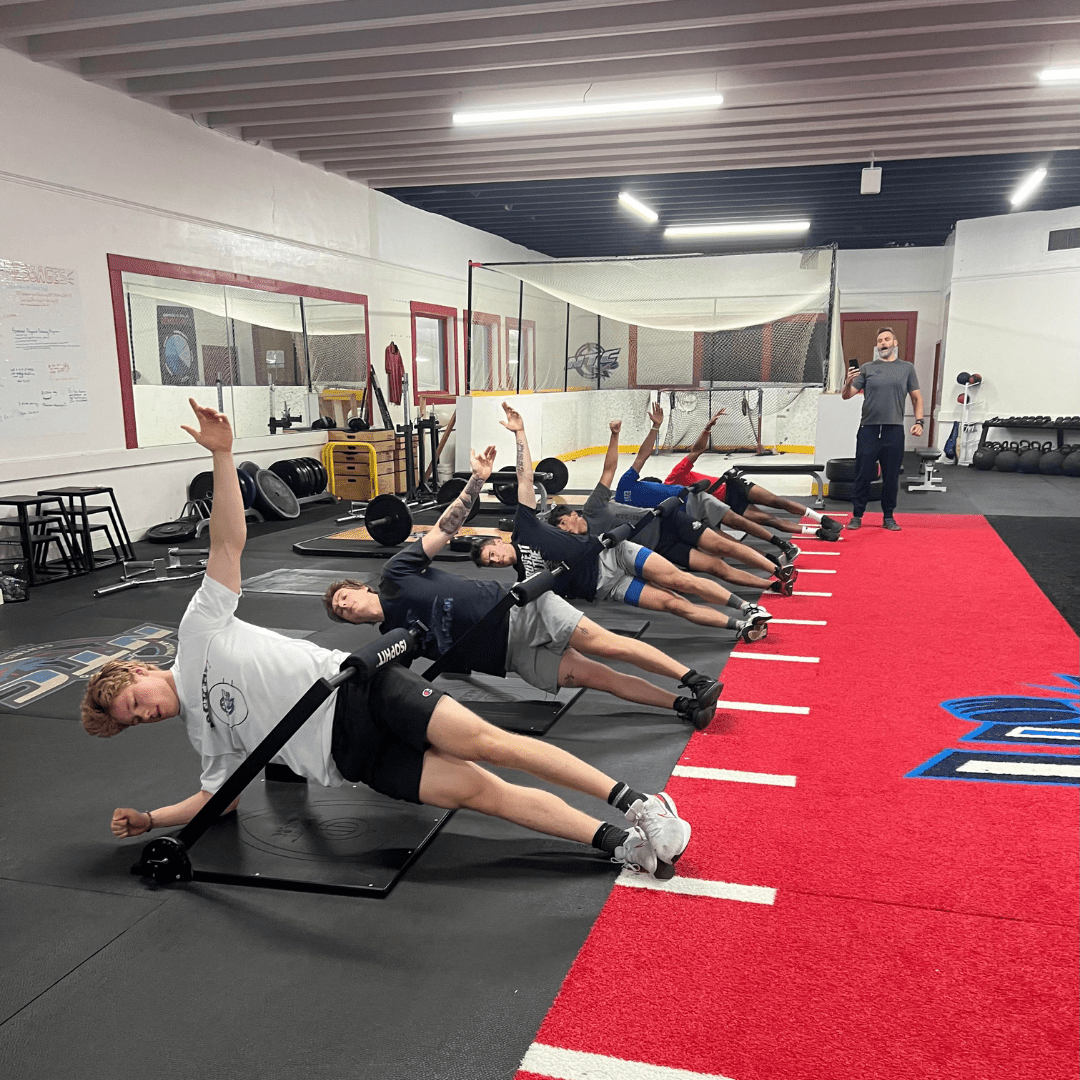
Share:
Isophit: Optimize Muscle Strength and Injury Prevention.
Isophit: The “Cheat Code” for Fat Loss